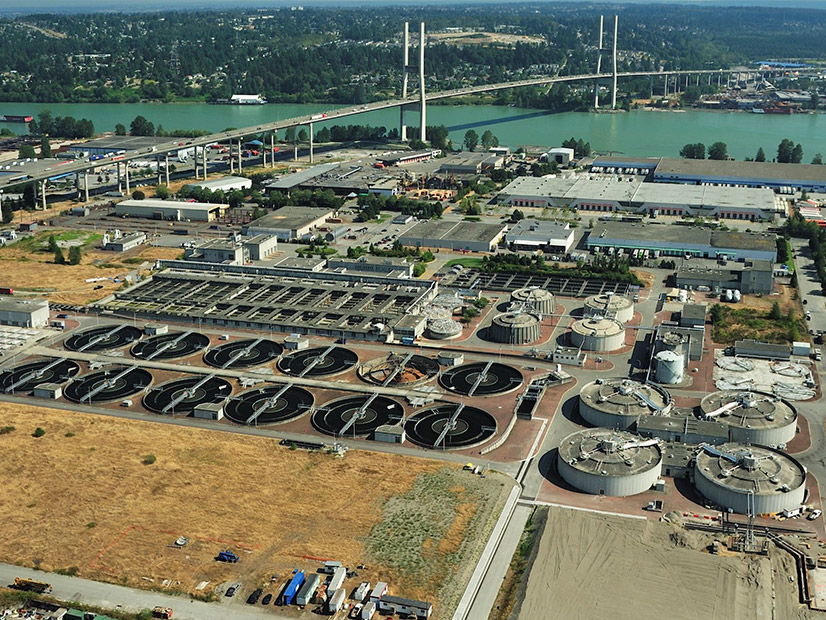A Vancouver, Canada, plant expected to go online late next year will convert human waste into a biocrude dry sludge that will eventually be turned into biofuels.
The Metro Vancouver Regional District — a regional government of Vancouver and 20 surrounding communities — has been working on the plant for several years. The project has faced delays as designs were updated, adding to overall costs.
The estimated cost increased from CAD$11 million to $19 million. Of that $19 million, $14 million will be provided by Metro Vancouver and $5 million from elsewhere, mostly the Calgary-based Parkland Fuel Corp., which owns the only oil refinery in the Vancouver area in the suburb of Burnaby. Metro Vancouver made the final appropriation three months ago.
“It took us a while to get all the funding in place,” said Paul Kadota, Metro Vancouver’s program manager for utility research and innovation in liquid waste services.
The concept is to build the new plant on Annacis Island on the Fraser River, which flows through the metro area. The new facility will be located next to the existing metro district sewage treatment plant already linked with the area’s sewer system. The sewage from 1.2 million people is a lot of feces, with plenty of toilet paper, plus some grease, fats and oils.
The new facility will convert the sewage into a dry biocrude sludge, which the Burnaby refinery will turn into biofuels to mix with other types of petroleum-based fuels. Metro Vancouver is still nailing down the details of its arrangement with Parkland Fuel.
Kadota said he is not aware of any similar plant in the U.S. or Canada. He speculated that Metro Vancouver will send out a request for proposals to build the facility this fall.
The Pacific Northwest National Laboratory in Richland, Washington, created the basic sewage-to-biocrude design to be used by Metro Vancouver. The process, called hydrothermal liquefaction, flows the sewage through a long, narrow tube — 1/3-inch to 1/2-inch in diameter — under a pressure of 3,000 pounds per square inch while being heated to 660 degrees Fahrenheit. That produces a dry sludge.
One hundred million gallons of sewage can produce 100 tons of dry biocrude sludge. U.S. sewage plants treat roughly 34 billion gallons of sewage every day, which could translate into approximately 30 million barrels of oil a year, according to PNNL figures. A single person can produce enough waste to create two to three galloons of biocrude oil a year.




